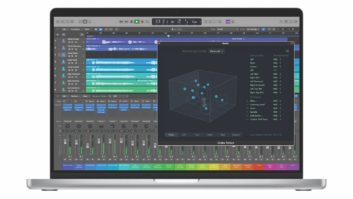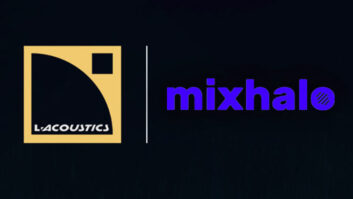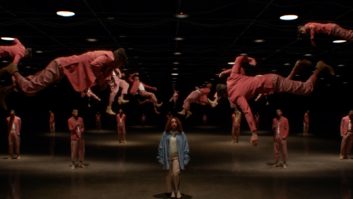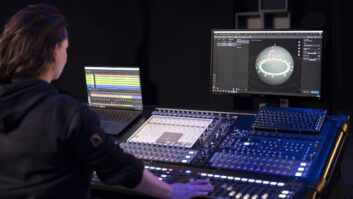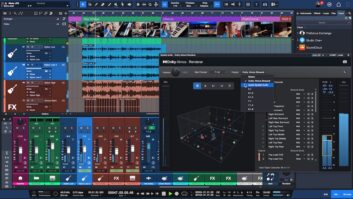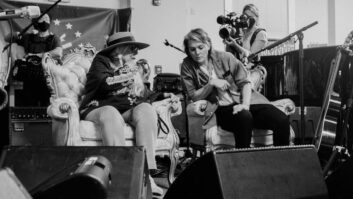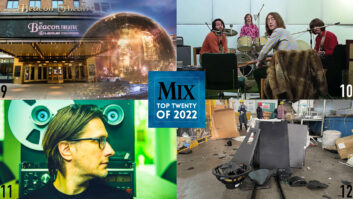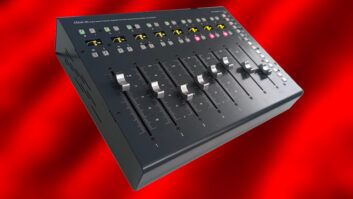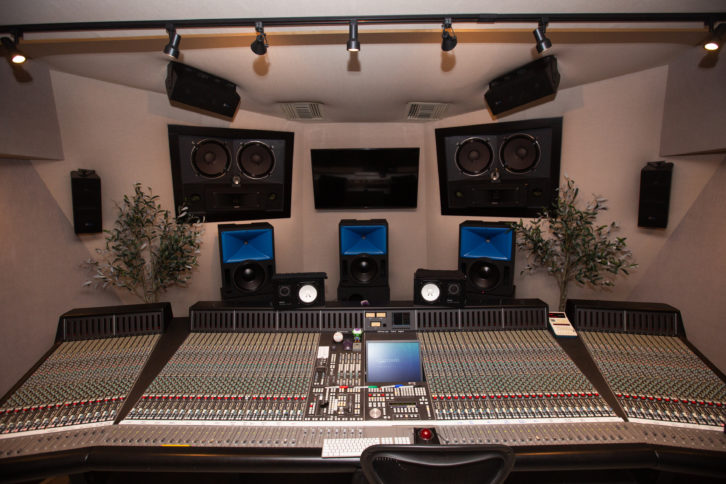
Pink Sweats (stylized Pink Sweat$; birth name David Bowden) is looking forward to working with Apple’s new tools. His latest album, Pink Planet, is available on Apple Music in Dolby Atmos, but he’d like to integrate immersive tools earlier in his creative process.
“I’m intrigued to see what I can do,” he says. “I don’t have any specific ideas, but I just want to mess around with it. Later on, if I produce a project, I want to do it strictly in the realm of Atmos, understanding that if someone listens to this, they’re going to hear every little nuance. So it makes me want to play around with that.” he says.
Apple Goes Spatial – Part 1: What’s It All Mean?
Apple Goes Spatial – Part 2: The Hardware and Software
The Philadelphia-born, L.A.-based artist has been making waves lately with his music, which Rolling Stone describes as “acoustic soul with a touch of alt-90s angst.” Pink, who has been working on his next album at Larrabee, where Manny Marroquin mixed the stereo versions of his last EP, The Prelude, and current album, Pink Planet, likens the immersive music experience to the metaverse. “You are able to experience things within it; you’re not a spectator,” he says, adding that it’s similar to watching a movie in Dolby Atmos.
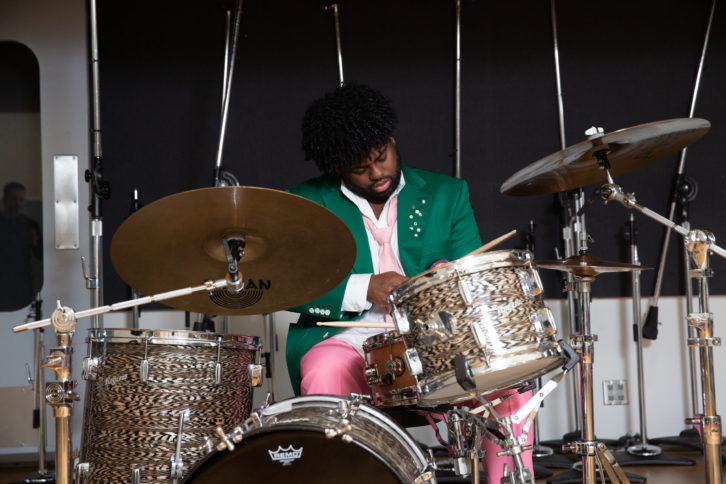
Marroquin predicts, “Pink is going to be doing his own immersive mixes soon, presenting it to the immersive mixer almost like a stereo rough: ‘This is where I want it to be.’ That’s going to happen with this technology a lot quicker than buying all the speakers for his studio.” Widening the lens, as these immersive tools become more accessible, “Imagine that 15-year-old kid in their bedroom, where all they know is immersive, like all we know is stereo,” Marroquin says. “Now that they know it exists, they can be producing differently.” Marroquin upgraded Larrabee’s Studio 3 about a year ago with a Meyer Sound monitor setup for Dolby Atmos mixing, including three Bluehorn speakers across the front. “From that moment, the demand has almost been too high,” he says. “That tells me the labels are ready; they see the potential to monetize it. It’s exciting for the labels, it’s exciting for engineers and it gives artists another set of tools to create.”
When mixing songs in the Dolby Atmos format over the past 12 months, Marroquin says, “Typically, my goal is to get it to sound like the stereo mix, and then I want to expand it. They worked so hard on the stereo mix that I don’t want to change that. I want to keep that integrity, the emotional connection they had when they created it. When I A/B stereo to immersive, I just want that feeling of space.” Beyond that, it’s a question of taste, he says: “As a chef would say, how much salt, how much pepper, how much flavor do you give something?”
Until now, labels, artists and engineers have largely been creating immersive mixes that, as Marroquin describes, remain faithful to the stereo version. But in the future, he suggests, “As we transition to only immersive, it could be two versions of an album, a stereo version and an enhanced version in Atmos, where you do overdubs and sprinkle things here and there.”
REVOLUTION VS. EVOLUTION
Is Apple’s technology revolutionary? Perhaps evolutionary would be more accurate, since the underlying tech is hardly new. The public first got to hear binaural techniques delivering spatial audio through headphones in 1881. Dolby Atmos was launched with the Disney/Pixar animated feature Brave in 2012. Headtracking has been used by gamers and VR enthusiasts for years and is available as a headphone add-on from a number of companies.
Where Apple has shaken things up is in packaging the essential technologies into a single, easy-to-use ecosystem that won’t break the bank. And in this case, the evolution is most certainly being televised, with artists such as Olivia Rodrigo, Coldplay and The Weeknd also appearing in ads for Dolby Atmos and Apple Music, right there with Justin Bieber.
Whether you’re a skeptic or an advocate, you must admit: Apple knows its audience, both consumer and pro.
